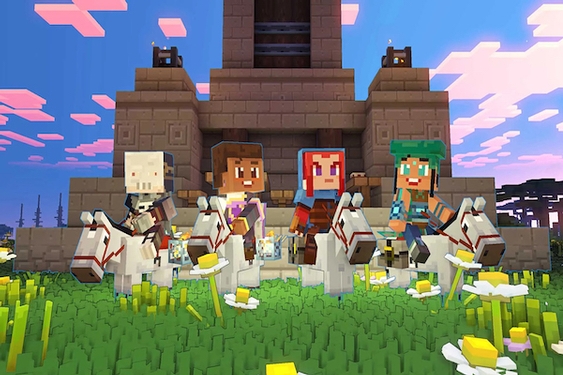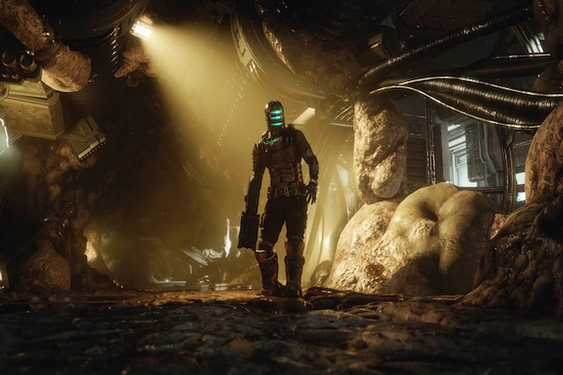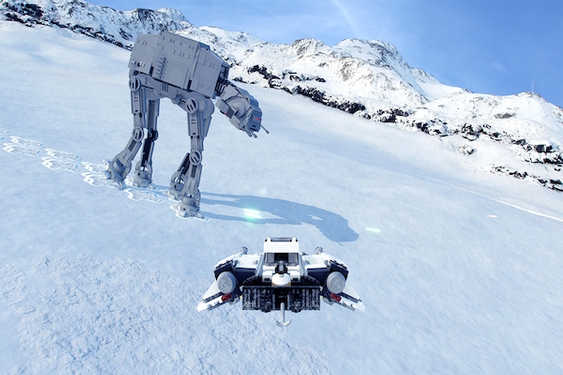I first tried out the Oculus Touch controller prototypes at E3 2015 at a behind closed door meeting with a few Oculus executives. Shacknews has covered Oculus since the Development Kit 1 was on Kickstarter and a constant question that I have asked over that time is, “What is the Oculus vision for human interface devices for VR?” It was clear even back in 2013 that the future of VR was not going to be a seated experience with an Xbox 360 controller as your primary means of input. Oculus Touch is the company’s great first attempt at merging hand presence in virtual reality with the ease of use and feel of a traditional video game controller.
DESIGN
Oculus acquired Carbon Design, the Seattle-based design firm behind the Xbox 360 controller and the original Kinect, in the Summer of 2014. It was clear that they had ambitions for creating a new human interface device for VR. The Oculus Touch controllers are a near perfect balance of form, function, attention to detail, and simplicity. The controllers are clearly an input solution for VR that was built by Oculus from scratch.
Touch controllers feature gyroscope and accelerometer sensors as well as Oculus Rift Outside-In Tracking. Each controller uses a single AA battery and feature one index finger trigger, one grip trigger, two action buttons, one home/menu button, and one clickable thumbstick. A single Oculus Touch controller measures in at 110mm wide, 100mm tall, and 98mm long. It also weighs 136 grams without a battery.
The controllers are perfectly symmetrical with the only difference being the names of the buttons, with the left hand Touch controller sporting the X, Y and Menu buttons while the right hand Touch controller is home to the A, B, and Oculus buttons. The Oculus button functions much like the Xbox Home button while the Menu button resembles the start or pause button on many video game controllers.
At the front of each controller is a Sensor Ring that communicates with the Oculus Sensors. It looks slightly odd at first, but the decision to surround the front of the controller allows for solid tracking without getting in the way. It has also protected my hands. I was trying to catch a tipped pass during a VR Sports Challenge football demo at E3 2016 and the Sensor Ring prevented my hands from smashing into the ceiling. It is that kind of design mindset that truly makes the Oculus Touch controllers a delightful marriage of form and function.
HAND PRESENCE
Oculus Touch controllers are a well thought out solution for hand presence in virtual reality. The controllers are able to detect when the user is resting their finger on top of the analog joysticks, allowing for another means of input outside of clicking in the button and moving the joystick. This creates a whole world of finger based gestures for developers to explore. Touch lets you make social gestures like pointing, waving, or giving a thumbs-up in VR. This shines in multiplayer experiences as it allows for new forms of social communication in VR. Something as minimal as being able to accurately point with your index finger truly increases the sense of presence and immersion in virtual reality.
———
Shacknews is a leading online provider of videogame, entertainment and lifestyle content, as well as community and interactive services.
Read more at Shacknews.com
———
©2017 Shacknews
Visit Shacknews at www.gamerhub.tv
Distributed by Tribune Content Agency, LLC.




